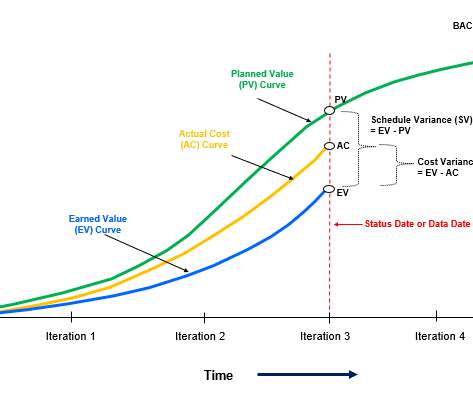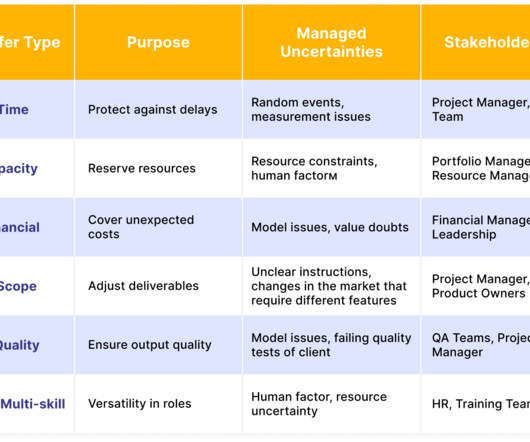Lost in Communication and Collaboration — Scrum Anti-Patterns Taxonomy (2)
Scrum.org
SEPTEMBER 25, 2023
TL; DR: Lost in Communication and Collaboration Lost in Communication and Collaboration addresses two categories from the Scrum anti-patterns taxonomy that are closely aligned: ineffective collaboration at the stakeholder level, often resulting in an unsuited reporting system based on misaligned metrics.





























Let's personalize your content